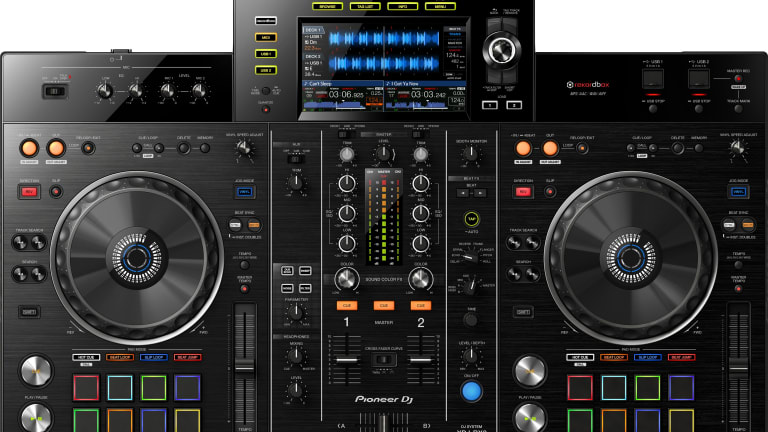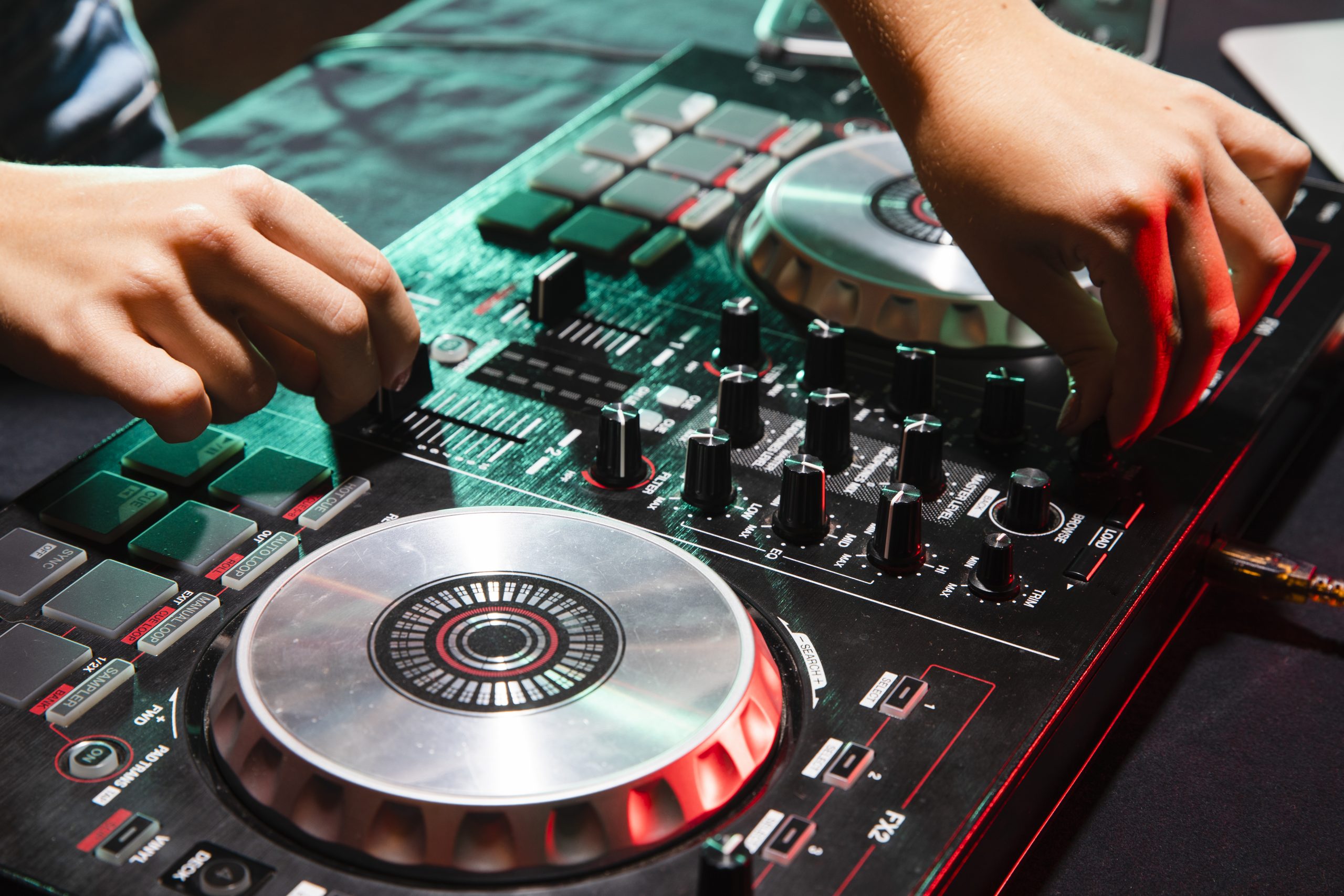

Most DJs will tell you that direct-drive turntables are more precise and more durable over the long run. This differs from “belt-driven” record players, which have an elastic band around the side of the platter to spin it. This type of record player requires you to manually lower the tonearm onto the vinyl to play music, and then lift and return the tonearm to the resting position when the record is over.Īutomatic turntable: DJs who want more automation will want to go with an automatic turntable, which has a button that will put the tonearm in position for you.ĭirect drive turntable: The most recommended turntables for DJs are direct-drive models, which means their platter (the circular piece you place your album onto) is spun by a motor. Manual turntable: If you prefer to be as hands-on as possible, a manual turntable is the way to go. Here are the different types of turntables that you can find online. Not all DJs play the same, which is why you’ll want to buy the right turntable for your needs and style. What Are the Different Types of Turntables? This piece is very important, as it needs to evenly spin the record without creating any extra vibrations that the stylus could pick up. Platter: The platter is the round piece where the record sits.

This little piece is mounted on the end of the tonearm. More on how these work later.Ĭartridge: Vibrations from the stylus need to be turned into sound, which is where the cartridge comes in.

Tonearm: The tonearm is the piece that holds the stylus and lowers it down onto the record. Styluses should also be replaced after about 2000 hours or so of use. These usually have a diamond or sapphire tip, as the stylus must be extremely hard to avoid scratching the vinyl. Stylus: That tiny needle that touches on the record is the stylus. This should be made of out sturdy, high-quality materials to reduce external vibrations. Plinth: The plinth is the base of a turntable.


 0 kommentar(er)
0 kommentar(er)
